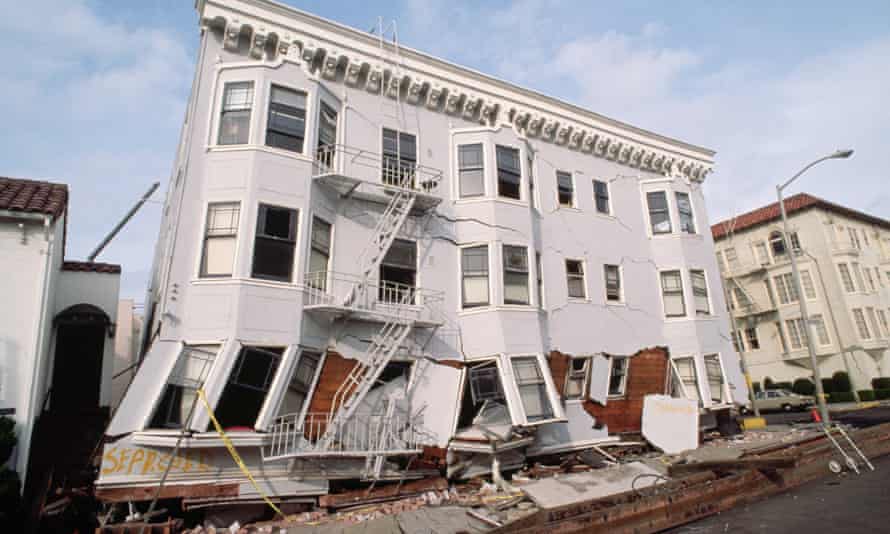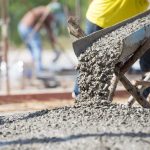Precast concrete is easy to work with, but its performance against earthquakes does not live up to the expectations. Frequent failure of precast concrete beam to column connections and other precast concrete beam components have put a question to its earthquake resistant strength.

Precast concrete has its own advantages that have made construction of complex structures very easy. Rapid on-site construction,ease of quality control, and reduced or negligible dependency on weather factors are some of the advantages of precast concrete. However, failure of precast connections is a matter of concern in areas prone to earthquake threats. In Zone IV regions like Japan and Himalayan regions, precast concrete members have not fared well against earthquakes. The 1988 Spitak Earthquake in Armenia,1994 Northridge earthquake, 2008 Wenchuan in China, and the 1995 Kobe earthquake damaged the reputation of precast concrete being among the safest construction products.
Seismic Failure of Precast Concrete Structures
Seismic design of buildings has been made mandatory in many states in USA. Even in other countries that fall in Region 3 and above, seismic design has become a part of construction jobs. Unidirectional and bi-directional cyclic loads are exerted upon a precast concrete member during an earthquake, and column and beam failures occur. A precast concrete beam has connections, joints, and loops that hurt the most at the time of sudden earthquake loading because they do not allow the structure to behave as a single unit, and hence they fail at columns and joints.
Tensile strain field is produced by earthquake loading and that results in beam rotation inside the precast joints. Once beam rotations are developed, the structural members do not stay in their actual positions and failure occurs. However, if beam rotation can be minimized, structural failure of precast beams would not happen. In beam to column failures, high joint stresses are produced that cause structure failure. Plastic hinge formation near the fixed end of the beam results in concrete crushing and fracture of longitudinal bars, and thus, again, failure of the structure.
Americans have been working in collaboration with the Japanese to develop safe and sound seismic design guidelines for precast concrete beam to column connections, precast concrete beams, and other precast concrete structures. The program started in 1988 and today it has seen two phases of development and improvement. Economic and technically viable design solutions for seismic zones have been put forward by Precast Concrete Seismic Structural System (PRESS) that are being used in the earthquake prone areas in US, Japan, and many more countries.
Avoiding Structural Failure of Precast Concrete in Earthquakes
Earthquakes cannot be predicted and are disastrous in nature. In 2011, more than 15,000 people died in an earthquake in Japan, irrespective of the fact that Japanese design their buildings for seismic loads. The best thing to minimize damage is to design for seismic loads and test the precast structures before putting them in the actual structural unit. Mentioned below are a few aspects of safe designing of precast concrete beams and columns.
Energy dissipation characteristics of precast concrete members play an important role in controlling or governing structural failure. Energy dissipation characteristics can be improved by connecting precast members with pre-stressed strands and by moving post-tensioning bars close to the center of beam.
U-shaped strands, lightweight aggregates, and ungrouted strands help in improving stability of precast concrete structures.
Hoops offer continuity to the structure, but hoop legs often result in premature bending flexibility causing the structure to fail. Hoops must be stiff and strong enough to avoid plastic behavior under abruptly changing cyclic loads.
Stiffness, strength, and ductility are other main aspects of precast concrete members that must be tested before using them in construction works.
Use of fiber-reinforced, high performance energy absorbing joints is highly recommended by PRESS because they keep a check on the energy dissipated during cyclic loading cycles.
Use of seismic loading resistant frames of precast concrete is advisable because it adds ductility to the system and it fares much better than cast-in place systems.
Roughening the surface of shear stirrups and precast concrete slab is an effective measure to ensure composite action.
Interior connections, exterior connections, and T-connections perform well as compared to knee connections. The seismic behavior of knee connections is prone to rapid failing under cycling loading conditions.
Severe earthquakes are destructive, and damage inflicted by them can only be controlled, but not eliminated. Minimizing damage means converting structural damage to architectural and mechanical damage of the structure. Seismic designing can help in achieving this. Following are the major aspects of seismic design of a precast concrete frame.
Avoid rotational damage by providing ductile connections enabling the structure to sustain large deformations.
Keep a check on support member deflection to avoid architectural damage.
Eliminate coupled forces from non-supporting members and thus avoid large deformations of the structure.



Comments are closed